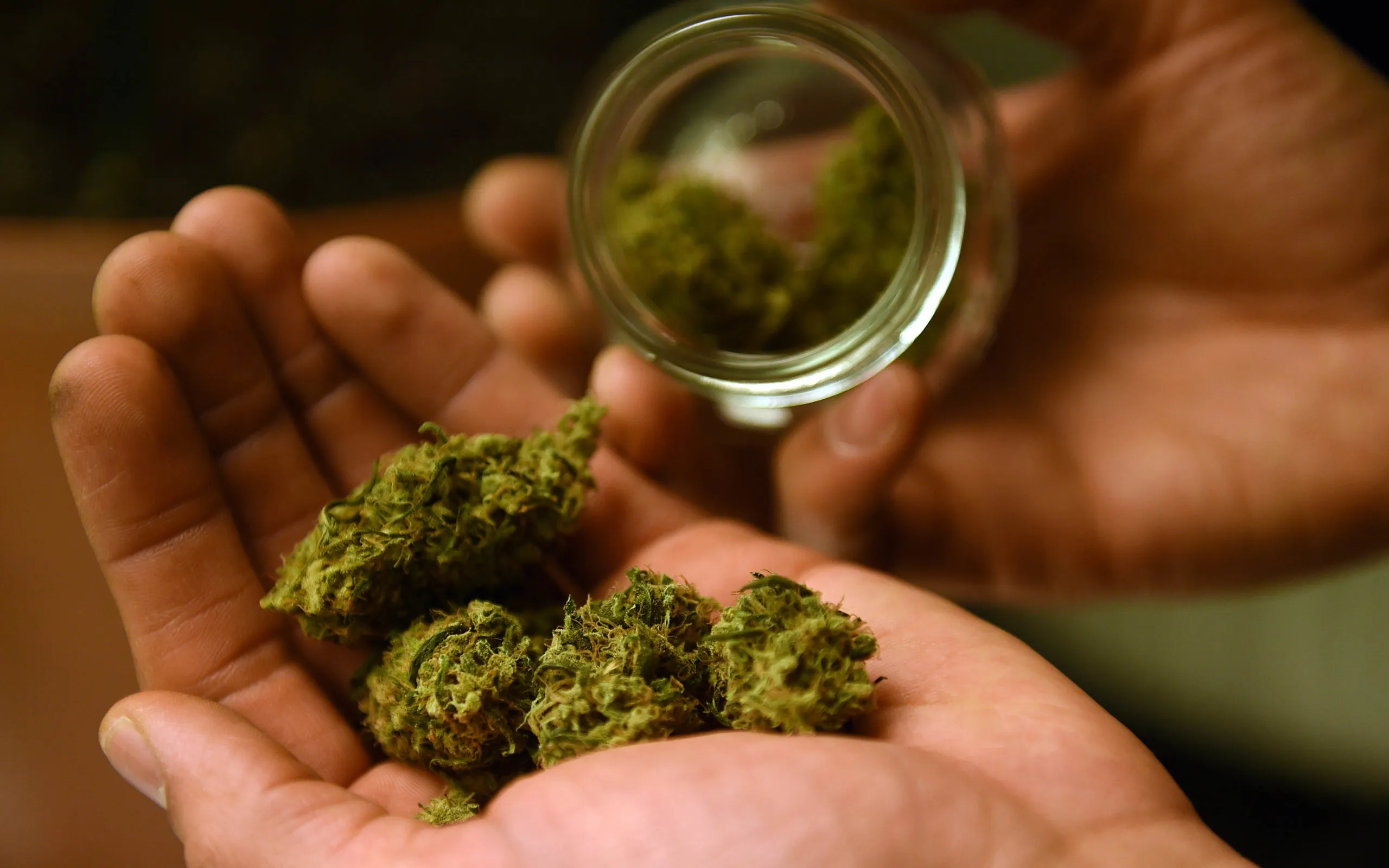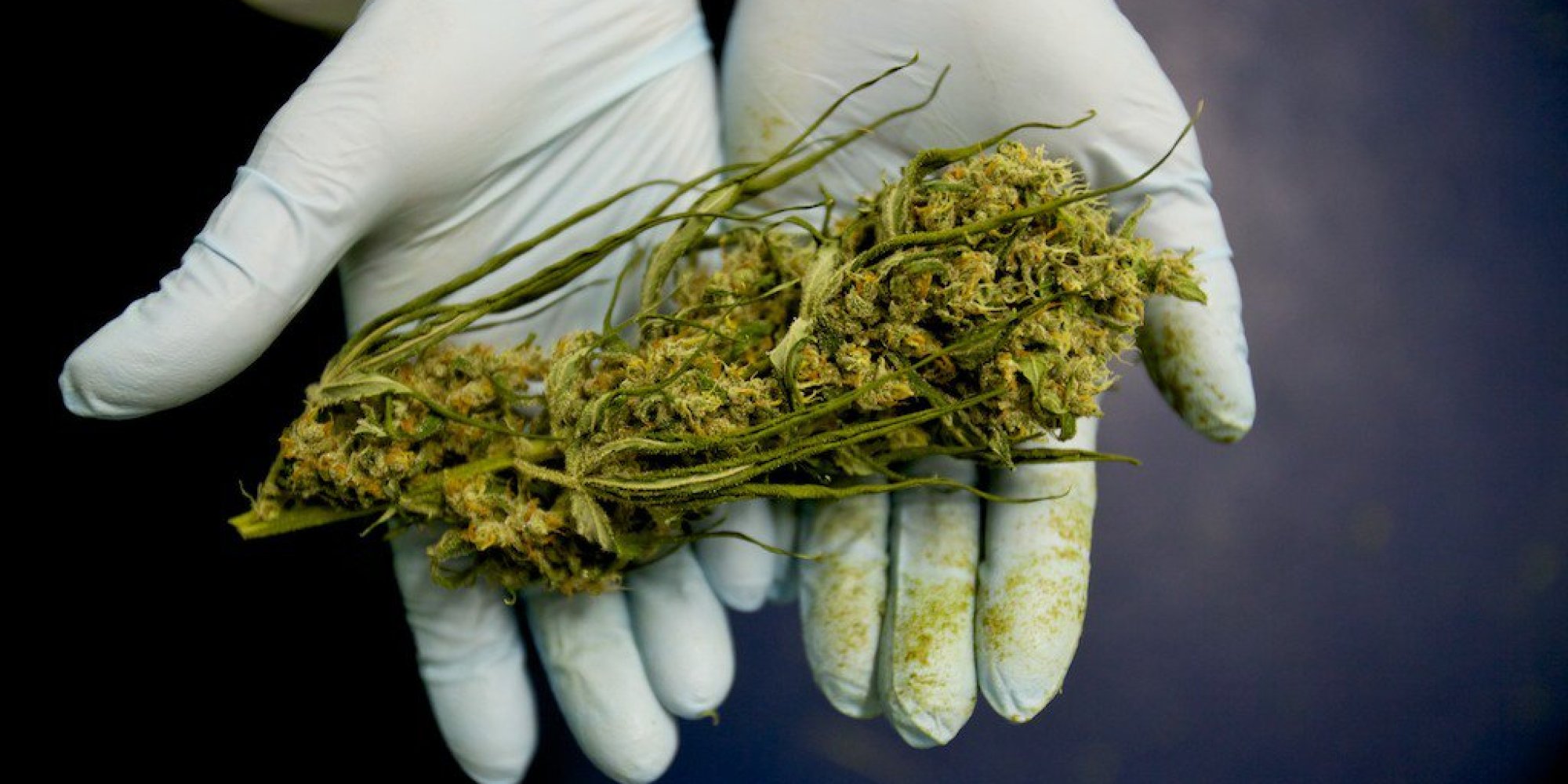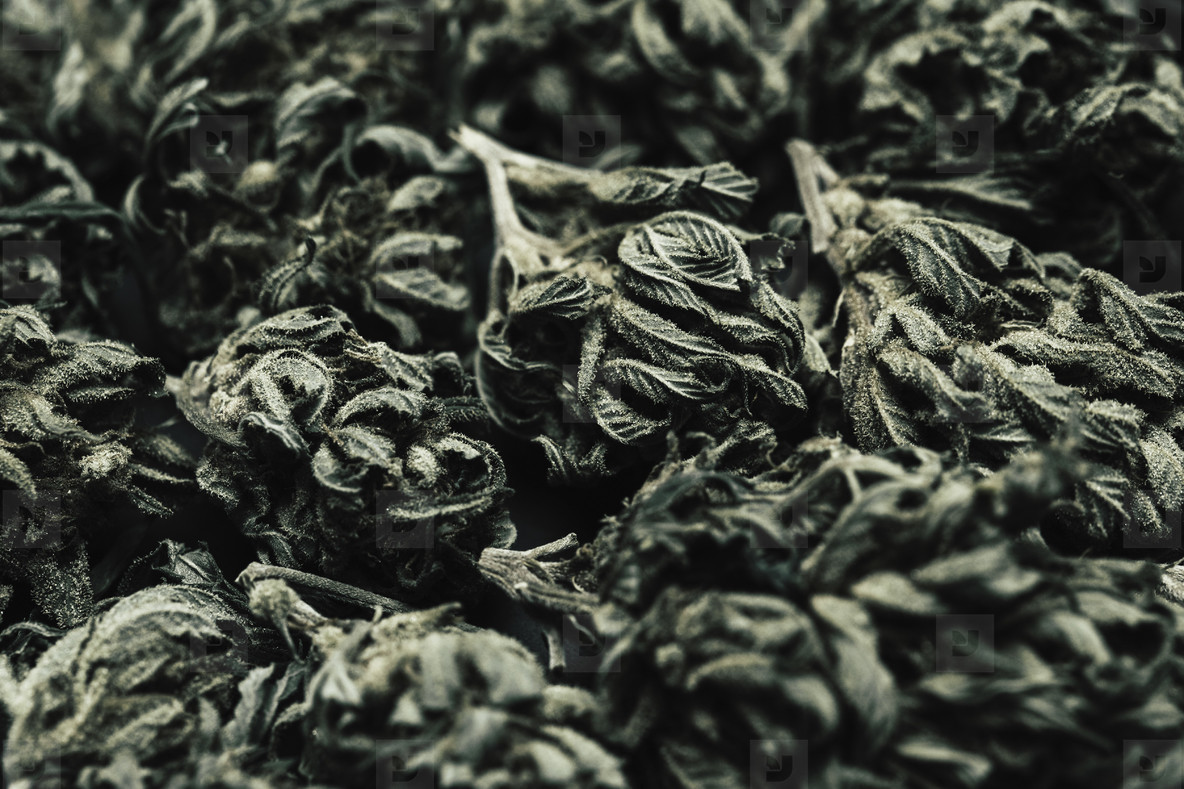News
Cannabis with a High Level of THC: What You Need to Know
Cannabis, a plant with a rich history of medicinal and recreational use, is experiencing a renaissance in modern society. Among the various strains available, those with high levels of THC (tetrahydrocannabinol) are gaining significant attention. As legalization spreads and cannabis becomes more mainstream, it’s crucial to understand what cannabis with a high level of THC entails, its effects, benefits, and potential risks. This article dives into the world of cannabis with a high level of THC, providing a comprehensive guide to help you navigate this potent option.
Understanding THC: The Psychoactive Component

Cannabis with a high level of THC is becoming increasingly popular among both recreational and medicinal users. THC, or tetrahydrocannabinol, is the primary psychoactive compound in cannabis, responsible for the “high” that users experience. When consumed, THC interacts with the endocannabinoid system in the brain, particularly the CB1 receptors, leading to altered mood, perception, and cognitive function. This interaction can result in various effects, ranging from euphoria and relaxation to heightened sensory perception and increased creativity.
The science behind THC’s effects on the brain is complex. When THC binds to CB1 receptors, it influences neurotransmitter release, affecting brain areas involved in pleasure, memory, thinking, concentration, movement, coordination, and sensory and time perception. This can explain why cannabis with a high level of THC can produce such profound and varied effects on the user.
Moreover, not all cannabis strains are created equal. The concentration of THC can vary significantly between different strains, with some modern hybrids being bred specifically to maximize THC content. Factors such as genetic makeup, cultivation methods, and environmental conditions play a crucial role in determining the THC levels in a particular strain. This section explores these factors in detail, providing a deeper understanding of why certain cannabis strains have higher THC concentrations than others and what this means for users seeking specific effects or therapeutic benefits.
The Rise of High-THC Strains
More recently, there has been a trend towards increased THC levels in plants, and the cannabis sector has worked intensively over the last decade to develop high-THC varieties. This trend is driven by consumer demand for stronger, more impactful experiences. Producers have honed the methods of reaching the maximum possible THC level and so can produce strains with THC levels higher than 25%. This section analyzes the history and the development of high THC concentration cannabis focusing on some of the most popular strains and their features.
The Effects of High-THC Cannabis on the Body and Mind
Alcohol in cannabis that contains a high level of THC may cause a variety of feelings, pleasant, and unpleasant. These are immediate subjective effects that users tend to describe as an increase in pleasure, an enhancement of being aware of one’s environment, and a feeling of easing of tension. Nevertheless, consumption of high-THC cannabis may also have potent adverse effects such as causing anxiety or paranoia and affecting memory and coordination for those who are new to its use. This section focuses on the various outcomes attendant on the inhaling of high-THC marijuana, regarding the kind of experience that consumers are likely to have and ways through which possible unpleasant experiences can be directed.
Medical Applications and Benefits

Cannabis with a High Level of THC is not only sought after for recreational use but also for its medicinal properties. High-THC cannabis has been used to alleviate chronic pain, stimulate appetite in patients undergoing chemotherapy, and reduce muscle spasticity in multiple sclerosis. Its efficacy in managing these conditions is supported by a growing body of scientific studies and patient testimonials, highlighting its potential as a versatile therapeutic agent.
For chronic pain sufferers, high-THC cannabis offers a natural alternative to opioid painkillers, which come with a high risk of addiction and overdose. Patients with cancer often experience a loss of appetite and severe nausea due to chemotherapy. Cannabis with a high level of THC can help stimulate appetite and reduce nausea, improving their overall quality of life during treatment. Additionally, individuals with multiple sclerosis can benefit from its muscle relaxant properties, which help reduce muscle spasticity and improve mobility.
Moreover, the anti-inflammatory properties of high-THC cannabis make it a potential treatment for conditions like arthritis and fibromyalgia. Its neuroprotective effects are being studied for potential benefits in neurodegenerative diseases such as Alzheimer’s and Parkinson’s. This section delves into these therapeutic benefits, comparing high-THC cannabis to other cannabinoid treatments, such as CBD, and examining the unique advantages and limitations of each. By exploring the broad spectrum of medical applications, we can better understand the role of cannabis with a high level of THC in modern medicine and its potential to enhance patient care.
Risks and Side Effects
While high-THC cannabis offers various benefits, it also carries potential risks, particularly for certain populations. It was revealed that adolescents, people with a pre-existing mental health condition of schizophrenia, and people with a family history of psychosis within the first degree could be more susceptible to the detrimental impacts of the drug. Since high-THC cannabis is known to cause dependence, lead to cognitive impairment, and worsen pre-existing psychiatric disorders, this section discusses the dangers that come with it.
Responsible Use: Tips and Best Practices

For those who choose to consume high-THC cannabis, responsible use is key to maximizing enjoyment and minimizing harm. Moreover, there is advance information about the safe use of this substance, including advice to start with a small dose, use it in a safe environment, and not combine it with other substances. Yet, it also provides some tips on how to understand that it is high time to stop, as well as what actions to take if you have encountered some unwanted side effects.
The Future of High-THC Cannabis
High THC cannabis will remain bright and if we continue with the research and development of the cannabis business, people should be optimistic about what the future holds for them. Innovations in cultivation, extraction, and product development are likely to produce even more potent and diverse options for consumers. It will discuss various foreseeable developments in high-THC cannabis, like any medical discoveries, changes in the legal system, and preferences in consumption.
Navigating the High-THC Landscape
High-THC cannabis offers a strong marijuana product, especially to those who consume it for leisure and medical purposes. Because these powerful types of cannabis are gaining popularity, developing info regarding their impacts on the system, advantages as well as disadvantages is significant. Due to the presence of high levels of THC, this plant has the potential to provide tangible relief to those suffering from pain, nausea, and muscular tension, therefore proving worthy of its place in the medical cabinet. But for some, they consume very high levels of psychoactive substances that are likely to have negative influences such as anxiety, and paranoia or even cause cognitive dysfunction if used by beginners or people with a history of mental disorders.
So, entering the world of strong cannabis, it is still important to act with moderation, respect, and sensible consumption of the product. Consequently, consumers should first take small amounts of cannabis to see how the products affect them, they should consume in a secure and familiar setting, and avoid the use of cannabis and other substances. Moreover, as the field is gradually evolving and evolving, there is a need to keep up with new publications and regulatory changes.
There is no reason why users should not enjoy the benefits of Cannabis with a High Level of THC and thereby avoid or at least reduce the drawbacks with better practices. This way, one would be in a position to freely indulge in the numerous benefits of high-THC cannabis while focusing on the treatment part of cannabis when need be. That being said, the primary focus of future studies and discussion would be the place and role of high-THC cannabis in our lives and societies, with appropriate therapeutic, medical, and governmental attention given to it.














